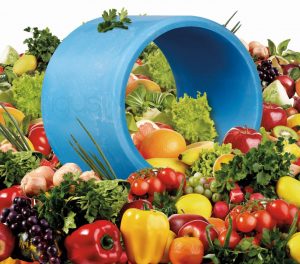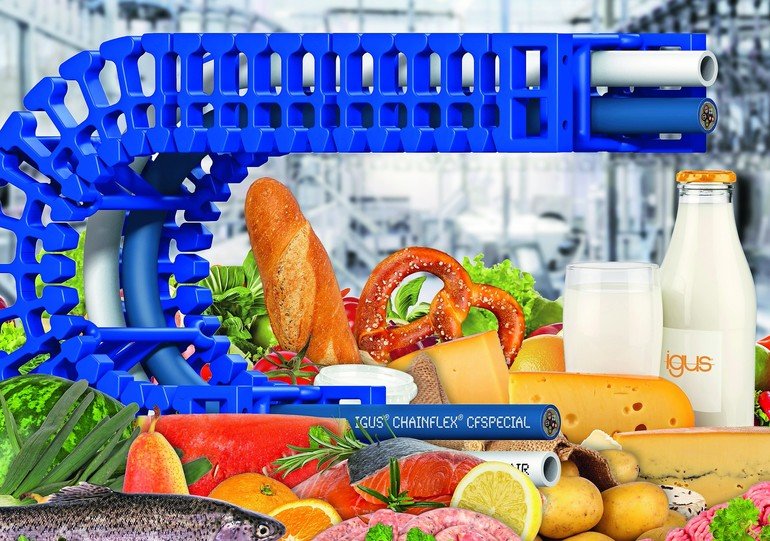Hygienic dispensing machines
Andrej Schmidt | 9. April 2020
Vending machines are becoming increasingly popular not only among farmers. It’s been a long time since they only served packaged drinks and snacks. Whoever loves to get hot pizza, fried chips or even milk from the farmer, he or she can get it from a vending machine around the corner.All this around the clock without employees.
More and more companies therefore rely on these devices, especially the producing ones, which are looking for a cost-effective and simple solution to sell their goods. It is tempting to think of investing once in a vending machine and that one-time investment will pay for itself through the sales. This is a fallacy, as many vending machine operators discover only after starting up. After all, there are also ongoing costs.
Costs for the vending machine operator
Vending machines require maintenance, need to be filled regularly and they consume energy. And not too little of it, for example, when products need to be cooled. All this takes time and incurs costs. Another cost and time-driven factor is the recent trend towards unpackaged food dispensers. Wherever there is food contact, cleaning must be frequent and intensive. It is the same in the food processing industry and it is also the same in the manufacture of vending machines.
Cleaning of vending machines
There are strict rules for this, resulting from the regulations of the European Parliament. The foundation stone was laid by Regulation (EC) 178/2002 “laying down the general principles and requirements of food law”, which came into force in 2002. This is accompanied by other important regulations for the operator:
- Directive (EC) 852/2004
- Directives (EC) 853/2004
- Food Hygiene Directive (Lebensmittelhygiene-Verordnung – LMHV)
- Hazard Analysis and Critical Control Points (HACCP)
If you would like to know more, you will find further information in the article “Hygiene regulations that vending machine operators must take into account”.
To comply with the strict health regulations, companies often turn to their cleaning service provider. Depending on the cleaning package, additional costs of up to €200 per week are incurred. High costs, which must first be recovered through the sales. But anyone who has cleaned a similar vending machine once knows where residues can settle down, how difficult it is to get at them and how much time it takes.
For this reason, vending machine manufacturers are called upon to develop hygienic vending machines that are easy to clean. For this, the design must be free of undercuts and dead spaces. The materials must be selected according to their surface quality and resistance to the cleaning agents used. In addition, food-compliant materials must be used at the points in contact with the product.
Hygienic components
A selection of hygienic and food-compliant components is offered by igus online. Whether the energy supply or the plain bearing, the products have been specially developed for this application. They are characterised by the fact that they are easy to clean and do not require lubrication. In addition, materials can be selected that comply with EU Directive 10/2011 EC and FDA, allowing direct food contact.



